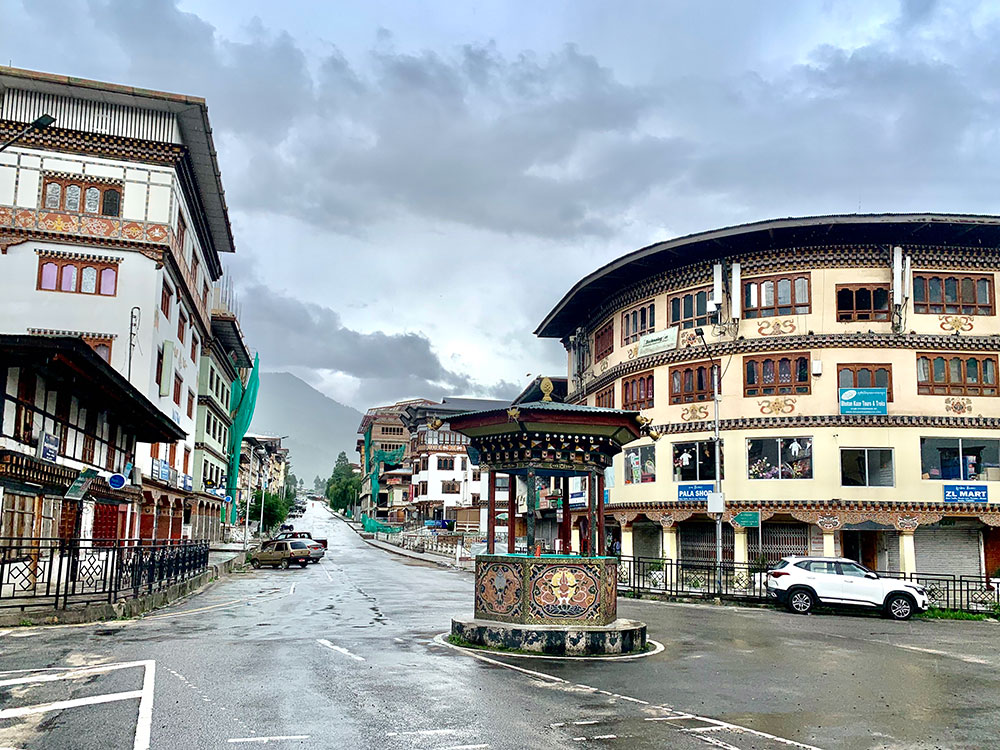Yangyel Lhaden
A few years ago, a car accident victim in Thimphu city passed away while waiting for the ambulance. The ambulance was dispatched immediately after receiving the emergency call, but it was moving about in circles for a long time trying to locate the victim’s position. When it finally arrived, it was too late.
A senior surgeon at the JDWNRH recently shared about the incident during a recent international conference. He said that despite the ambulance being equipped with a global positioning system (GPS), without a standard address system, the driver was lost.
The need for a proper street address system was felt two decades ago. The Thimphu Structural Plan, the master plan for the city’s development, highlighted establishing a street address system. However, even today, residents have to wander around the city using monuments or milestones to locate places.
The issue resurfaced last year when the government placed the city under lockdown to prevent the spread of Covid-19. Delivering essential items became a nightmare for the volunteers and health officials, due to the lack of a City Addressing System (CAS).
That’s when the National Land Commission (NLC) started mapping the city with geographic information system (GIS) officers from relevant stakeholders and developed the CAS. The NLC submitted the database of the CAS to Thimphu Thromde.
Amidst the chaos, the thromde elections were held. The then-deputy chief urban planner of the thromde Ugyen Dorji resigned, contested for the post, and was elected. One of the major pledges of Thrompon Ugyen Dorji was to implement the CAS within six months after he assumed office.
The NLC and Thimphu Thromde officials were supposed to present the CAS to the Cabinet for approval. It never happened.
However, a Thimphu Thromde official said that the thromde office is currently reviewing the CAS and developing a street address database and developing conventions that are expected to be completed by February.
A GIS officer with the Thimphu Thromde, Sonam Zangmo said that it was a common procedure for implementing a body to review any project. “We are doing the review to refine it and to make it more practical and implementable.”
She said that thromde is developing conventions for street, building, and flat number because a uniform rule is needed to align with systematic change when the city grows and streets change.
“Regulations for people to use the new street names and get familiar with them will also be put in place by involving stakeholders during the implementation phase,” she said.
This is not the first time the thromde office has been involved in establishing a CAS.
The NLC and relevant stakeholders thoroughly reviewed the failed CAS that Thimphu Thromde attempted in 2012. An NLC official said that without a technical representative from the thromde involved in the project in the past, they had to extensively study and try to understand the naming and numbering convention the thromde officials had used. The old system did not use any international convention.
To develop a CAS reference point and baseline, classification of streets, naming, and numbering of streets, updating missing streets, review of street names and building numbers, and field verification were developed according to international conventions.
Street names and building numbers were developed according to international standards in relation to the Bhutanese context. Conventions or rules were also developed to cater to new streets and buildings in future.
More than 1,000 street names were developed in consultation with relevant stakeholders and consultations with the elderly residents.
The new CAS was also presented to relevant authorities such as the Thimphu Thromde, and Bhutan Post Corporation. The database of CAS is uploaded in an open source MAPS.ME.
Edited by Tshering Palden


